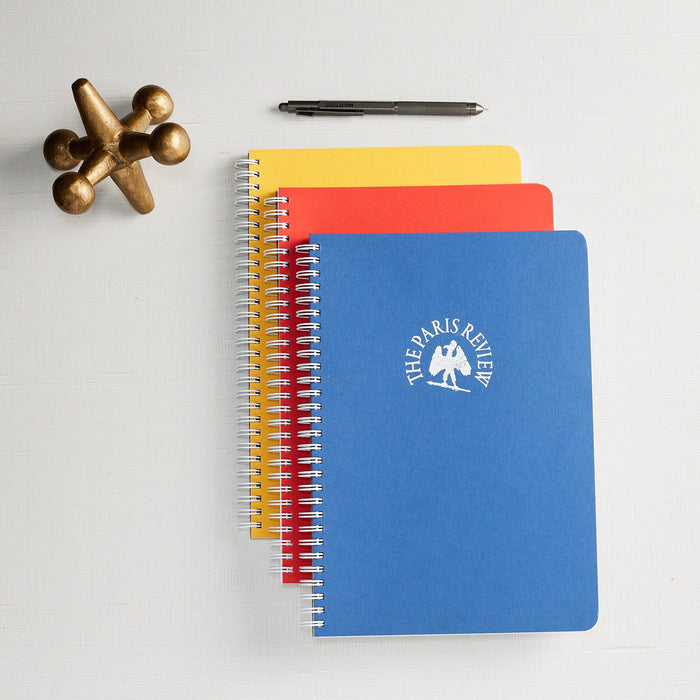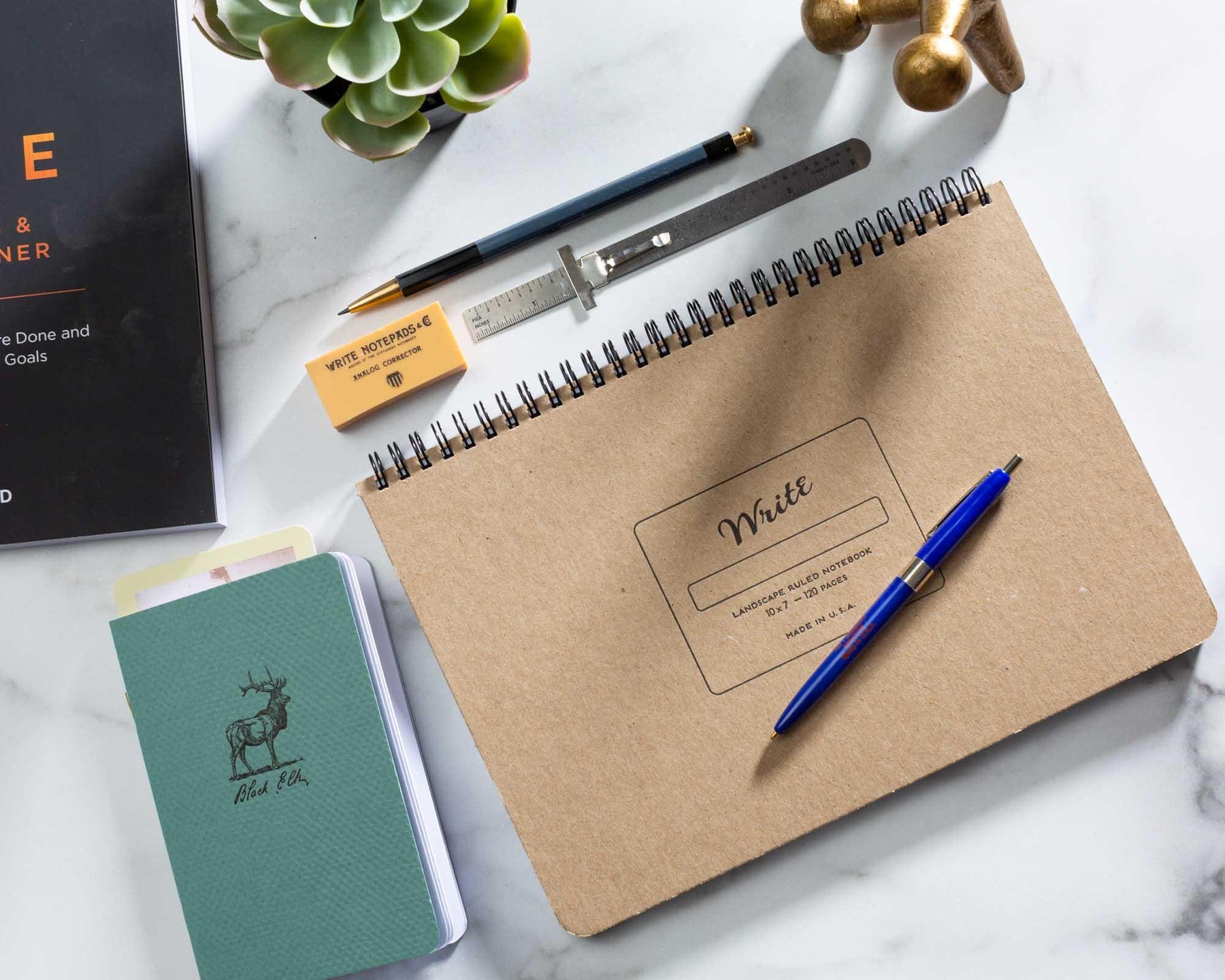Anybody under the age of sixty will struggle to imagine a world without the humble ballpoint pen. They're cheap, reliable, and available pretty much everywhere - the perfect embodiment of the modern world. The most popular brand has sold over 100 billion pens since its production began. Yet achieving this level of dominance was by no means a simple process; the rise and rise of the ballpoint pen span over a century, and appropriately for a global icon, crisscross all over the world.
The story begins in the 19th-century USA, with a Harvard law graduate and banker named John J. Loud. When not working or acting as a father to his eight children, Loud had a passion for invention: among his patented creations was a firecracker cannon. By far, his most notable work, however, was his patent in 1888 for the first ballpoint pen. He intended it for use on rough surfaces such as leather and wood, and his invention was indeed suitable for such tasks but was unsuited for use on ordinary writing paper. As a result, his pen failed to achieve commercial success, and his patent eventually lapsed. Turning Loud's invention into a practical, commercially viable writing tool was to prove surprisingly difficult over the next half-century. Various attempts struggled with the difficulties of ink overflow (leading to smearing) and clogging (leading to unreliability).
A Real Ballpoint Pen Is Born
It was not until 1931 that the next major step forward was taken. In that year, a Hungarian newspaper editor by the name of László Bíró demonstrated his attempt at solving these problems at the Budapest International Fair. Bíró had realized that the quick-drying ink used to print newspapers might be of use in helping writers avoid the smudging to which fountain pens were (and are) prone. He enlisted the help of his brother György, a chemist, to develop his idea further, eventually securing a patent in Paris in 1938. When World War II came, the brothers were forced to flee the Nazis; in 1943, they moved to Argentina, and in that year, filed another patent for an improved design. From that point, their product took off - quite literally: the Royal Air Force bought 30,000 for use by its aircrew, who found it worked much better at high altitudes than fountain pens.
László József Bíró (Victor Sueiro 1979).
The success of the Bíró design was to attract the attention of the man whose name, along with that of Bíró himself, is most closely associated with the ballpoint pen: Marcel Bich. Born in Turin, Bich was later to become a naturalized French citizen, and - like John Loud - went on to study law at the University of Paris. He and business partner Édouard Buffard began making parts for writing instruments in France in 1944; in the years after the war, he bought the patent from Bíró for around $2m, and in 1950 began production of the pen that was to become a household staple. Sold under a slightly amended version of Bich's name, the mass-produced Bic Cristal was to make ballpoint pens easily affordable for ordinary people the world over. In 1959, Bich began selling his pens in the USA at 29 cents each (approximately $2.43 in today's money), with an advertising slogan that emphasized its reliability: "Writes the First Time, Every Time!"
From that point on, the ballpoint pen has never looked back. Bic alone has sold its pens in staggering numbers - averaging approximately 45 pens every single second since 1950. Worldwide, it's estimated that some 15 million ballpoint pens are sold every day. In our electronic, high-tech modern world, this child of the 1930s and 1940s - with an ancestry dating back even further - shows no sign of slowing down, much less becoming obsolete; it doesn't need batteries or a charging point, and it doesn't matter if you drop it. In a complicated world, the ballpoint pen thrives on its simplicity. That being said, although most of us are happy with our mass-produced, functional writing tools, those with deep pockets do have more stylish options. The most expensive ballpoint pen ever made was produced by Mont Blanc; with 20-carat gemstones and 840 diamonds, it was valued at $730,000, and only nine were ever produced. Moving slightly downmarket, the British company Dunhill offers its Sentryman Rose Gold Rollerball pen at £5,900 (approximately $7,900). Despite the eye-popping price tags, though, neither will do the writing for you.







Leave a comment